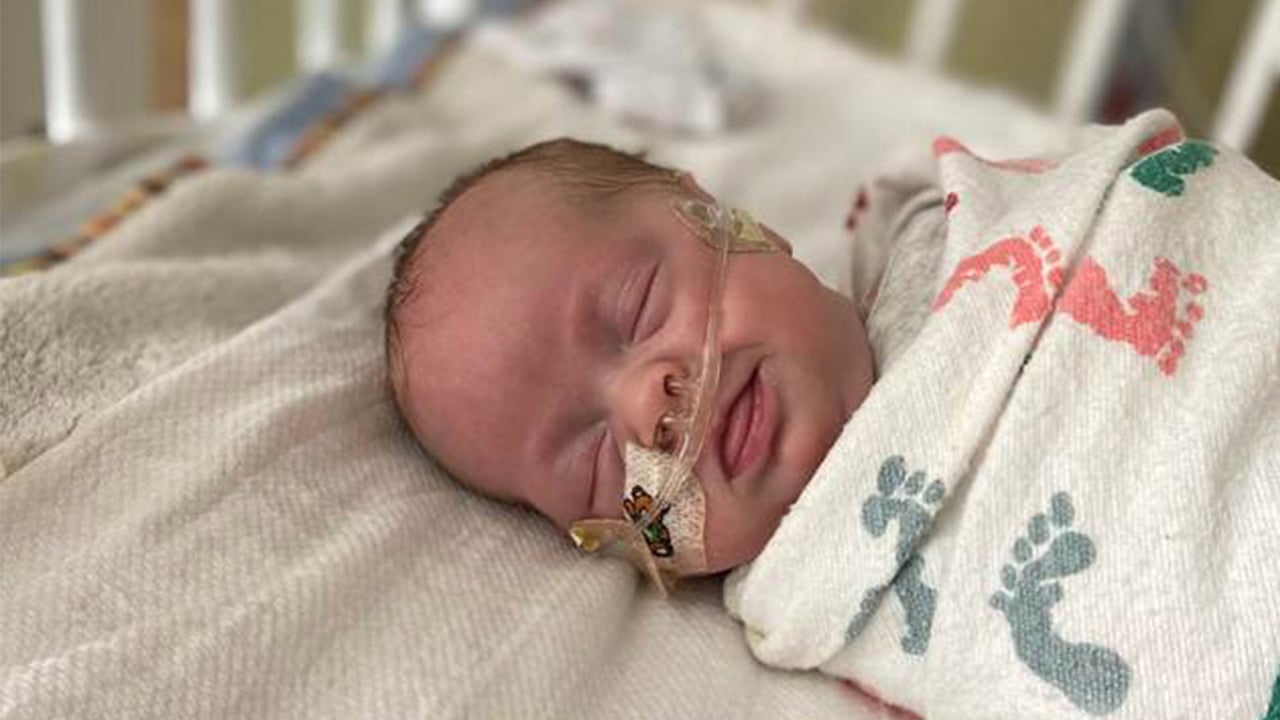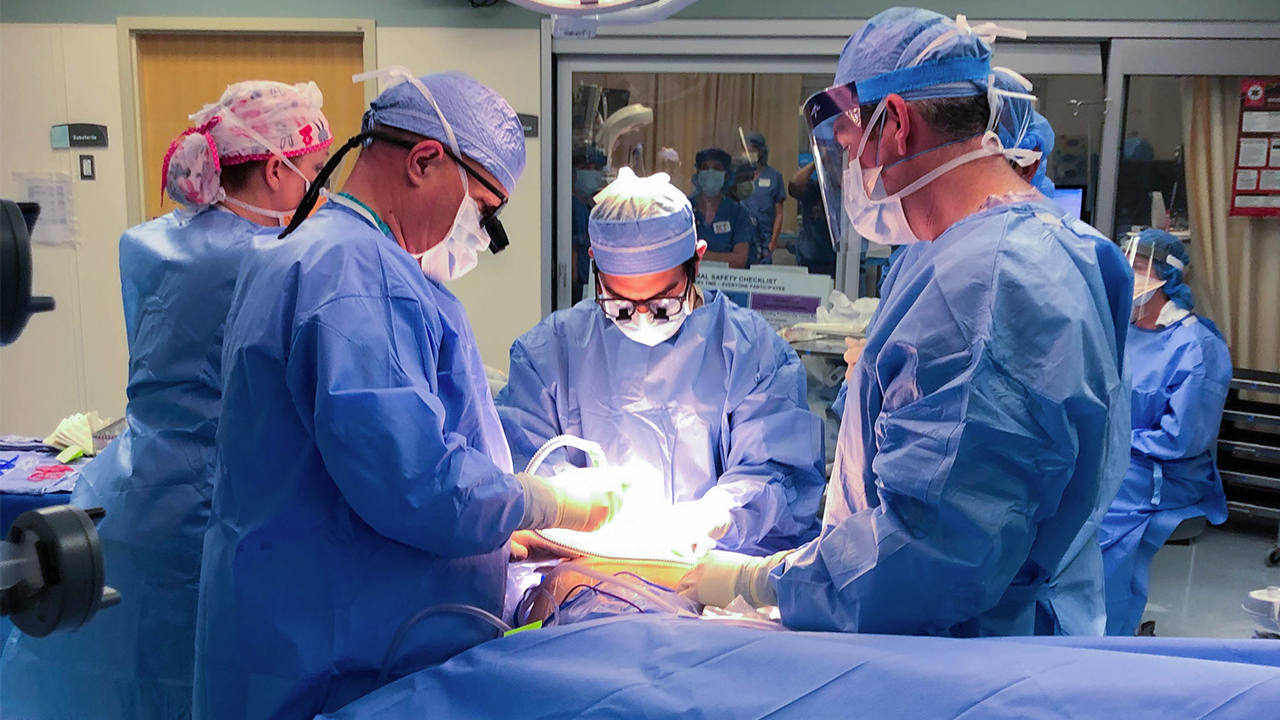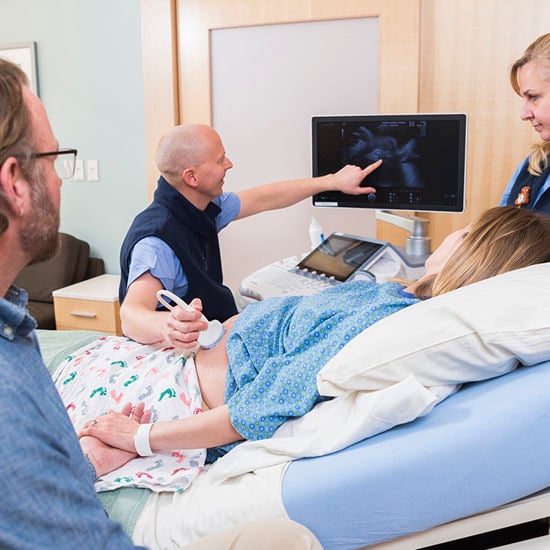- Doctors & Departments
-
Conditions & Advice
- Overview
- Conditions and Symptoms
- Symptom Checker
- Parent Resources
- The Connection Journey
- Calm A Crying Baby
- Sports Articles
- Dosage Tables
- Baby Guide
-
Your Visit
- Overview
- Prepare for Your Visit
- Your Overnight Stay
- Send a Cheer Card
- Family and Patient Resources
- Patient Cost Estimate
- Insurance and Financial Resources
- Online Bill Pay
- Medical Records
- Policies and Procedures
- We Ask Because We Care
Click to find the locations nearest youFind locations by region
See all locations -
Community
- Overview
- Addressing the Youth Mental Health Crisis
- Calendar of Events
- Child Health Advocacy
- Community Health
- Community Partners
- Corporate Relations
- Global Health
- Patient Advocacy
- Patient Stories
- Pediatric Affiliations
- Support Children’s Colorado
- Specialty Outreach Clinics
Your Support Matters
Upcoming Events
Mental Health Town Hall
Tuesday, April 23, 2024Join Children’s Hospital Colorado pediatric experts for a virtual...
-
Research & Innovation
- Overview
- Pediatric Clinical Trials
- Q: Pediatric Health Advances
- Discoveries and Milestones
- Training and Internships
- Academic Affiliation
- Investigator Resources
- Funding Opportunities
- Center For Innovation
- Support Our Research
- Research Areas

It starts with a Q:
For the latest cutting-edge research, innovative collaborations and remarkable discoveries in child health, read stories from across all our areas of study in Q: Advances and Answers in Pediatric Health.


Ella: EXIT Procedure Saves Baby with Rare Fetal Tumor

Giving birth under normal circumstances can be incredibly stressful. Giving birth to a baby with an unusual prenatal diagnosis at 27 weeks in the midst of a pandemic, though, comes with its own unique challenges. That was one family’s reality earlier this year. But the care team at the Colorado Fetal Care Center — the only team in the region able to perform the procedure their baby needed to survive — was there to help them through it.
Diagnosing a fetal tumor
In November 2019, rural Colorado couple Lyndsy and her husband, Aaron, found out they were pregnant with their third child, Ella. Lyndsy’s other pregnancies had gone smoothly, and this one was too. Then, in mid-March 2020 at Lyndsy’s 20-week ultrasound, doctors found a large mass on Ella’s tailbone.
Over the next few days, Lyndsy and Aaron met with specialists in their small hometown of Montrose and also farther away in Grand Junction, hoping to find more information about what doctors suspected was a teratoma tumor. To confirm the specific type, doctors in Grand Junction requested a consult from their maternal and fetal medicine partners at the Colorado Fetal Care Center at Children’s Hospital Colorado near Denver. Using telehealth, they connected with maternal-fetal medicine specialist and Medical Director of the Colorado Fetal Care Center, Michael Zaretsky, MD, who confirmed Ella had a sacrococcygeal teratoma. Also known as SCT, it’s an extremely rare fetal tumor that occurs in approximately 1 in every 40,000 live births.
Ella’s SCT was particularly aggressive. From Lyndsy’s initial ultrasound in Montrose to her ultrasound in Grand Junction (a span of just four days) the tumor had grown significantly.
“I automatically started researching the diagnosis,” Lyndsy says, “but because the condition is so rare, there was hardly any information on it. It was extremely frustrating.”
At 22 weeks, Lyndsy and Aaron traveled to Aurora for a comprehensive appointment at the Colorado Fetal Care Center. After several in-depth fetal diagnostic tests, including a fetal MRI, fetal ultrasound and fetal echocardiogram, they were finally able to get concrete answers and potential treatment options.
Developing a treatment plan
Dr. Zaretsky and the care team helped Lyndsy and Aaron understand their treatment options, like fetal surgery, and the associated risks and outcomes possibilities of each. Importantly, doctors said, the risks and outcomes would be different depending on where Lyndsy was in her pregnancy journey. In other words, the earlier Lyndsy delivered, the more risks there were of complications for Ella, even death.

“It was a lot of information to take in, and it was hard to hear,” Lyndsy says. “I had tons of questions over the next few weeks. But every time I’d call Dr. Zaretsky or any of the fetal care team, they’d call me back that same day. That really helped me and my husband through the process so we could make a decision that was right for us.”
Because it was likely that Ella would be born extremely premature after fetal surgery, Lyndsy and Aaron felt the best decision was to let doctors continue monitoring Ella to see if she could make it to 28 weeks. That way, she could grow as much as possible before doctors had to intervene.
Relocating to Denver
At 24 weeks, Ella’s mass was nearly as big as she was. Additionally, the amount of blood her heart was pumping was high because the tumor was requiring so much blood. Lyndsy decided it was time to move to Denver so that if there were any problems or she went into labor, she’d be closer to the hospital. Monitoring Ella effectively would require Lyndsy to visit the hospital two to three times a week.
That was in early April, just as the novel coronavirus was sweeping the nation. Although her anxiety was understandably heightened, it offered Lyndsy some comfort to know that the entrance to the Colorado Fetal Care Center was separate from the hospital’s main entrance. The hospital had also begun a rigorous screening process for all visitors, team members and caregivers, including temperature checks and a series of questions, to ensure the safety of patients and families during the pandemic.
Ex utero intrapartum treatment (EXIT) procedure
By 27 weeks, Lyndsy was so swollen with amniotic fluid and the size of Ella’s tumor was so large that Lyndsy’s doctors decided to schedule her for an ex utero intrapartum treatment procedure, or EXIT procedure.
The Colorado Fetal Care Center is the only facility in the intermountain region to offer EXIT procedures. This is because it’s a complex procedure, requiring a coordinated effort from both maternal and pediatric providers from multiple specialties including maternal anesthesia, fetal anesthesia, maternal fetal medicine, fetal surgery and fetal cardiology. EXIT procedures are so rare and complicated, in fact — requiring a strict timetable and constant monitoring of the baby’s heart and blood flow and many other vitals — that the Colorado Fetal Care Center only does between three and five of them each year.
In Ella’s case, the EXIT procedure would allow doctors to partially remove her from her mother’s uterus while keeping her connected to the placenta. This would allow doctors to remove Ella’s tumor before she took her first breath, giving her the best chance for survival.
Fetal surgery during a pandemic
Among the immediate priorities for Lyndsy’s care team prior to surgery was to test her for COVID-19. By that time, Children’s Colorado was testing every patient, whether or not they were showing symptoms. Samples are run in the hospital’s onsite lab, which has a turnaround time of 24 hours for results. Testing patients for the coronavirus means that surgical teams can ensure the safety of themselves and patients by wearing the correct protective gear.

Lyndsy’s test came back negative, which meant the team could quickly continue preparing for Ella’s EXIT procedure.
On the morning of April 23, fetal and pediatric surgeon Kenneth Liechty, MD, performed the procedure with an extensive multidisciplinary team of more than 20 fetal specialists to ensure that Ella and Lyndsy received the best possible care. Doctors delivered only Ella’s backside at first, so they could remove her SCT while she was still connected to the umbilical cord. Ultimately, the SCT was about double Ella’s size, the largest one the team had seen. Once it was successfully removed, they fully delivered Ella.
But Ella remained critically ill. She needed resuscitation from neonatology specialists. Her heart wasn’t emptying blood. Her lungs weren’t filling with air. At one point, it was unlikely she would live, but the team continued to fight.
Against all odds, Ella stabilized. It was nothing short of incredible, the care team says. And eventually, Ella was moved down the hall to recover in the Level IV (four) Neonatal Intensive Care Unit (NICU) just steps away from where Lyndsy was recovering in the Maternal Fetal Care Unit.
Recovery and care in the NICU
“The whole team was really good about updating us,” Lyndsy recalls. “They even pushed me over in my hospital bed so that I got to see Ella in her private room. At first the updates were, ‘Your baby is very sick, and she isn’t doing well.’ But then over time that changed to, ‘She’s moving and doing well and looking good.’ And I think that really says something about the quality of care she was getting.”

Although Ella will be in the NICU for a few more months, she is now a normal premature baby. She’s healthy, sleeping a lot and gaining weight. She’ll have another surgery in summer 2020 to remove her coccyx (tailbone), which should lower her chances of another tumor.
Looking back, Lyndsy says she’s incredibly grateful for everyone at the Colorado Fetal Care Center and the comprehensive care they provided. She considers them family.
“All of our primary nurses were amazing, and they helped us so much throughout our entire stay,” Lyndsy says. “But during the time I was alone at the hospital before Ella’s delivery, there was a nurse who made it a point to check in on me, even though she wasn’t my primary nurse that day. She’d ask how I was doing and took time to get to know me on a personal level. Since my husband couldn’t be with me all the time because our home was hours away, it really made me feel cared for and made the experience much more comfortable.”

Would you like a second opinion?
If you have received a prenatal diagnosis, are considering treatment options or just want to feel more confident about your treatment plan, our fetal care experts are here to help.
Request a second opinion from our Colorado Fetal Care Center



 720-777-0123
720-777-0123



